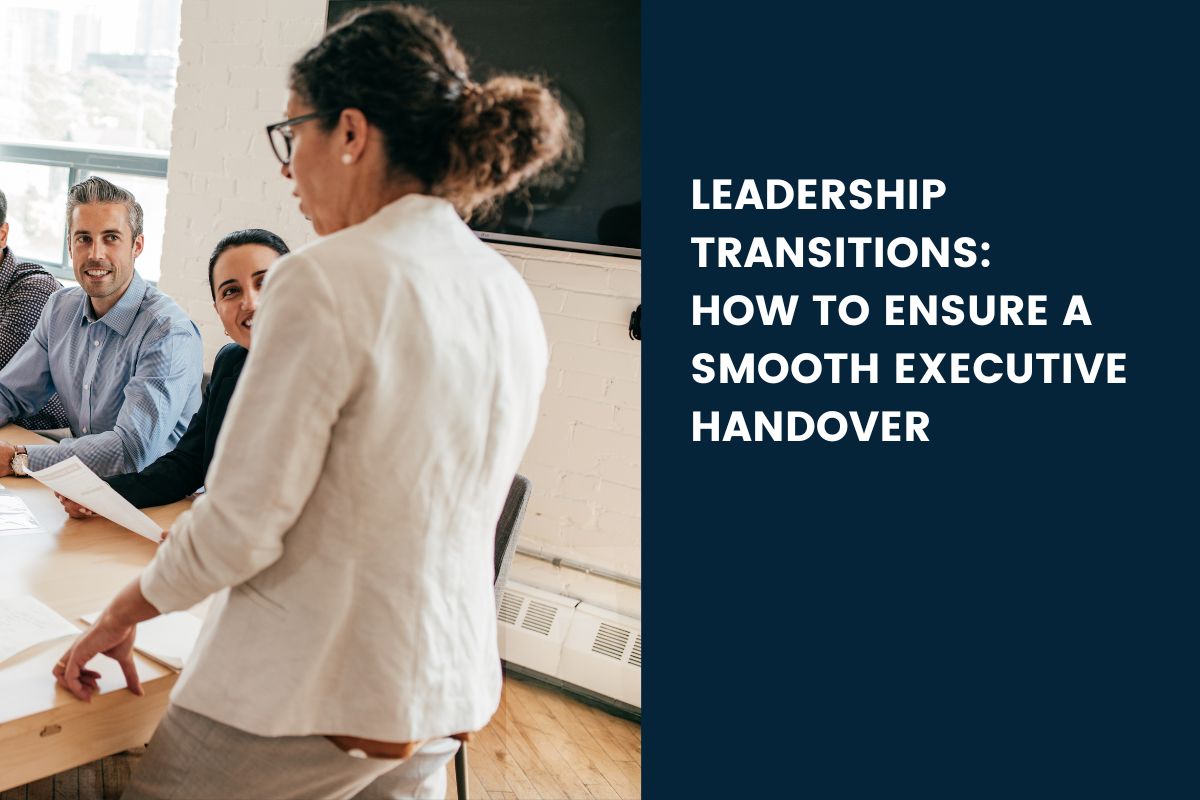Understanding Executive Burnout
Executive burnout is a state of emotional, physical, and mental exhaustion caused by excessive and prolonged stress. It occurs when executives feel overwhelmed and unable to meet constant demands. As the stress continues, executives begin to lose the interest and motivation that led them to their role in the first place. Burnout not only affects the executives’ health but can also impair judgment, hinder decision-making, and ultimately decrease workplace performance.
Causes of Executive Burnout
Several factors contribute to executive burnout, including:
1. Unrelenting Workloads: Constant heavy workloads without adequate breaks or support.
2. Lack of Control: Inability to influence decisions that affect one’s job — such as schedules, assignments, or workload — can increase stress levels and lead to burnout.
3. Insufficient Rewards: This can be financial, institutional, or social recognition that does not meet the high energy and commitment level executives put into their work.
4. Breakdown of Community: Poor communication and conflict in the workplace can lead to a feeling of isolation at the top.
5. Absence of Fairness: Perception of unfair treatment or lack of transparency within the organisation.
6. Mismatched Values: A conflict between one’s personal values and the actions, policies, or mission of the organisation.
Strategies for C-Suite Sustainability
To combat burnout and promote sustainability in leadership roles, the following strategies can be implemented:
1. Well-Defined Work-Life Boundaries: Encourage executives to set and maintain clear boundaries between work and personal life. This can include designated unplugged times where no work communications are expected.
2. Supportive Leadership Development: Provide ongoing training and development opportunities that focus not only on enhancing skills but also on managing stress and building resilience.
3. Regular Check-ins: Implementing a system of regular check-ins with other leaders and mentors can help provide support, allow for the venting of frustrations, and encourage the sharing of solutions to common problems.
4. Recognition and Rewards: Ensure that efforts are adequately recognised and rewarded, aligning them more closely with the inputs and appreciating the unique challenges faced by executives.
5. Promoting Team Engagement: Foster a culture that values teamwork and collaborative efforts, which can help distribute the workload and reduce isolation.
Role of Executive Search Firms in Supporting Sustainability
Executive search firms like Galvin-Rowley Executive play a pivotal role in addressing executive burnout by:
1. Cultural Fit Assessment: Ensuring that the executive placements are a good cultural fit, which can reduce the potential for value mismatches and increase job satisfaction.
2. Leadership Coaching: Offering leadership coaching as part of the placement process to help new leaders develop effective stress management and resilience techniques.
3. Succession Planning: Assisting organisations in developing effective succession plans that can alleviate pressure on current leaders and provide clear pathways for leadership continuity.
Navigating executive burnout requires a proactive approach to maintaining well-being and promoting sustainability in the C-suite. By implementing strategic measures to manage stress and enhance job satisfaction, organisations can help safeguard their leaders against burnout. Additionally, with the support of executive search firms like Galvin-Rowley Executive, companies can ensure they place leaders who are not only capable but also well-supported to thrive in high-pressure environments.




